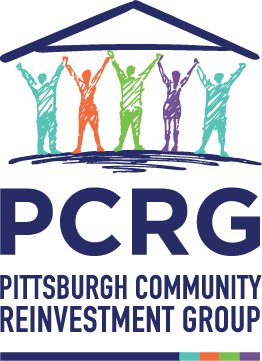Prepared by: John C. Boyle, Research Analyst
The PCRG Annual Mortgage Lending Study provides a current portrait of mortgage lending trends in Allegheny County and the City of Pittsburgh. PCRG prepares this study using publicly available Home Mortgage Disclosure Act (HMDA) data designed to monitor the performance of financial institutions seeking to meet their obligations under the Community Reinvestment Act.
PCRG has created a companion website to the 2021 Mortgage Lending Study, which offers additional charts and tables about neighborhoods and municipalities in Pittsburgh and Allegheny County respectively. Please note that this is an experimental website meant to enhance the written report, and will be updated as necessary in the future. Please check out our contact page with any feedback or suggestions you might have.
The neighborhood profiles page shows the all loan application data within a neighborhood from 2012 to 2021, as well as individual reports on low- and moderate-income borrower lending and lending to non-Hispanic Black borrowers. On the additional reports by tract map page, there are multiple pages that show the demographics of census tracts throughout Allegheny County, as well as the lending in each census tract. An additional page shows lending that occurs in areas defined by the Pennsylvania Department of Environmental Protection as Environmental Justice Areas.
The lending profiles page shows the all loan application data within by banks with a physical presence in Allegheny County as of 2021. Within this section are individual reports on low- and moderate-income borrower and low- and moderate-income census tract lending, as well as lending to non-Hispanic Black borrowers. On the additional lender reports page, there are additional reports which show mortgage disposition rates for all lenders, with selection criteria for the loan type and the race and ethnicity of the borrower.
The general lending page provides broader patterns, such as comparing loan disposition rates by loan purpose and the race and ethnicity of the borrower from years 2018 to 2021. It also provides basic information on lending by different types of financial institutions and government vs. conventional loan products.

